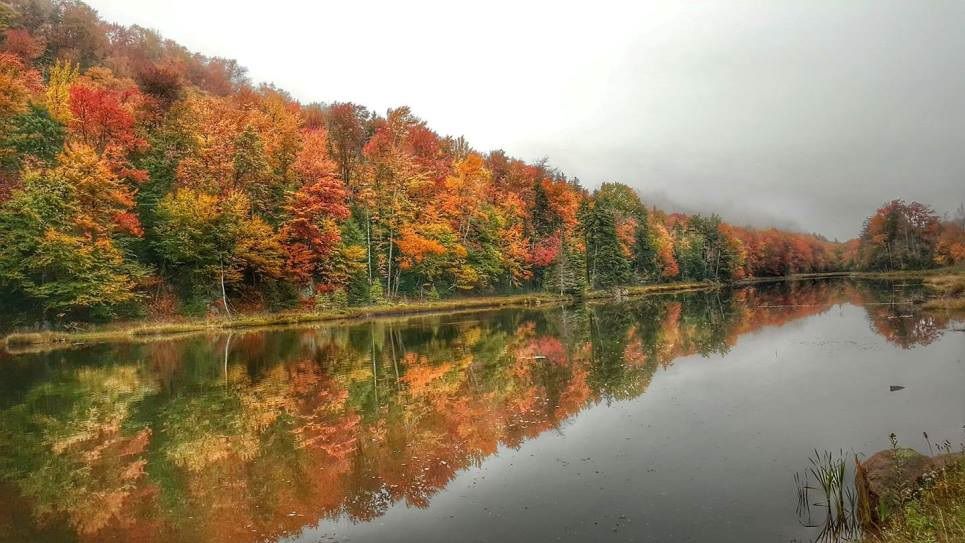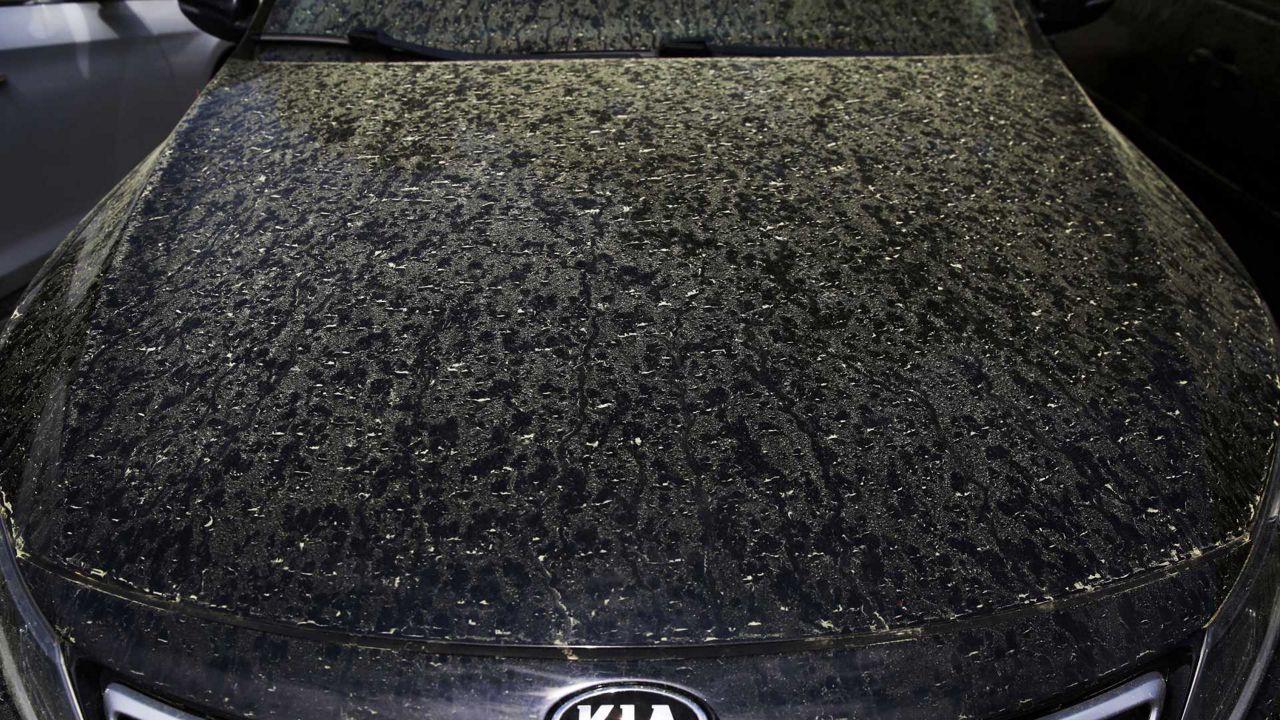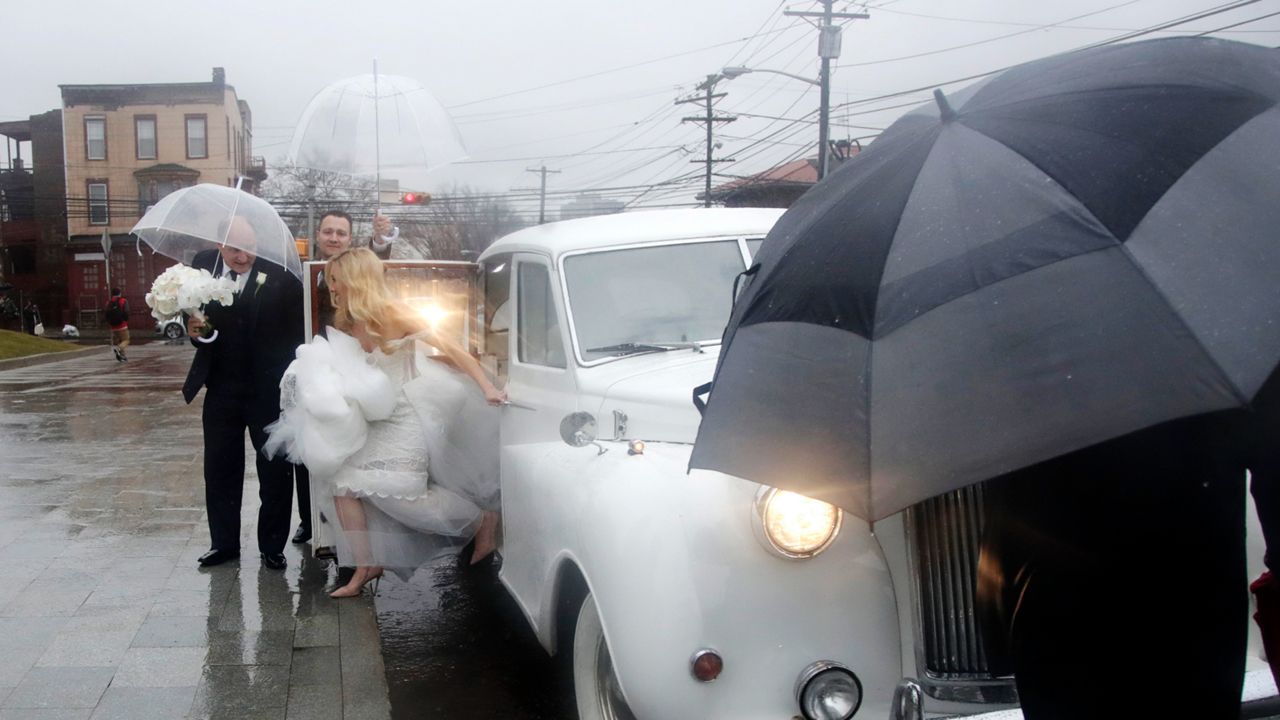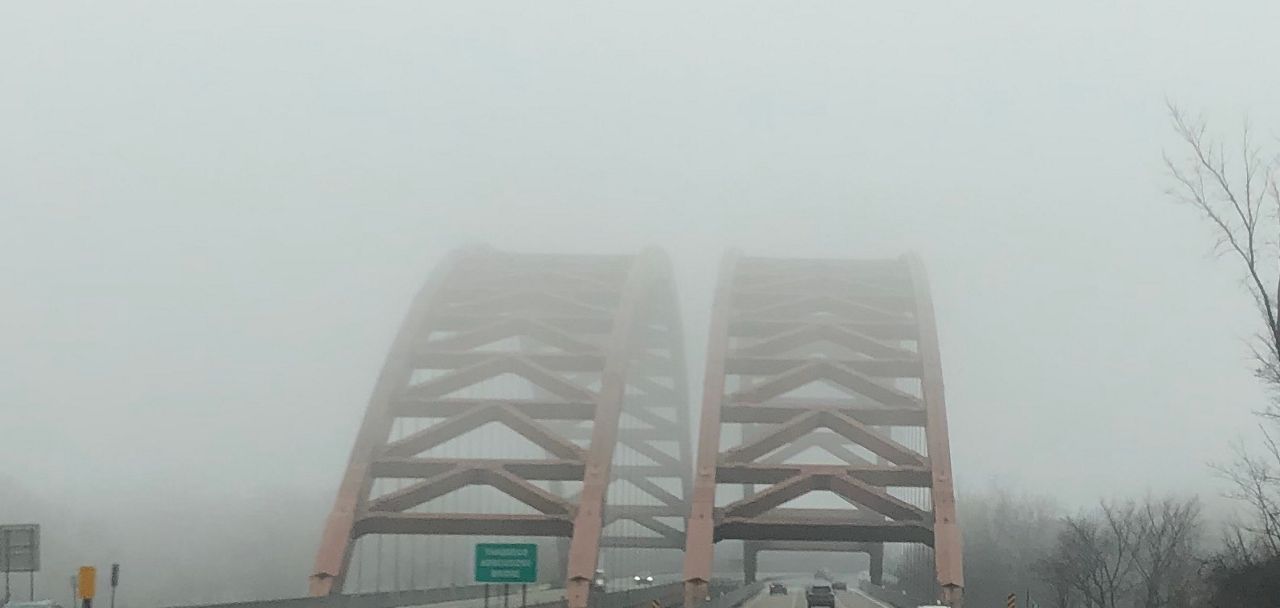Waking up to bright skies on a fall morning can be a real bonus for us. Why is it every so often even when the forecast calls for fair weather, we find ourselves driving to work under a layer of slate gray?
It's possible that an inversion could be the culprit.
Let's explore this weather phenomena and see what it is and why we are prone to its development around here.
An inversion can form when we have:
- Long nights giving plenty of time for the surface to cool
- Clear skies that allow an open path for warmth to escape into the atmosphere
- Light wind that inhibits movement of air masses at lower levels
A normal process here in the troposphere is for air to cool as it rises. During an inversion, the warmth from the ground escapes into a stagnant layer of air that gets trapped in between cooler air below and above it.
The setup begins at night as the ground radiates leaving a warm, less dense air mass to lift and sit over the cool, dense air on the ground. It's this new layer of air that acts like a blanket, obscuring our otherwise clear, sunny sky and leaving things dark and dreary.
So basically the word inversion means the temperature profile of the air gets flipped or inverted.
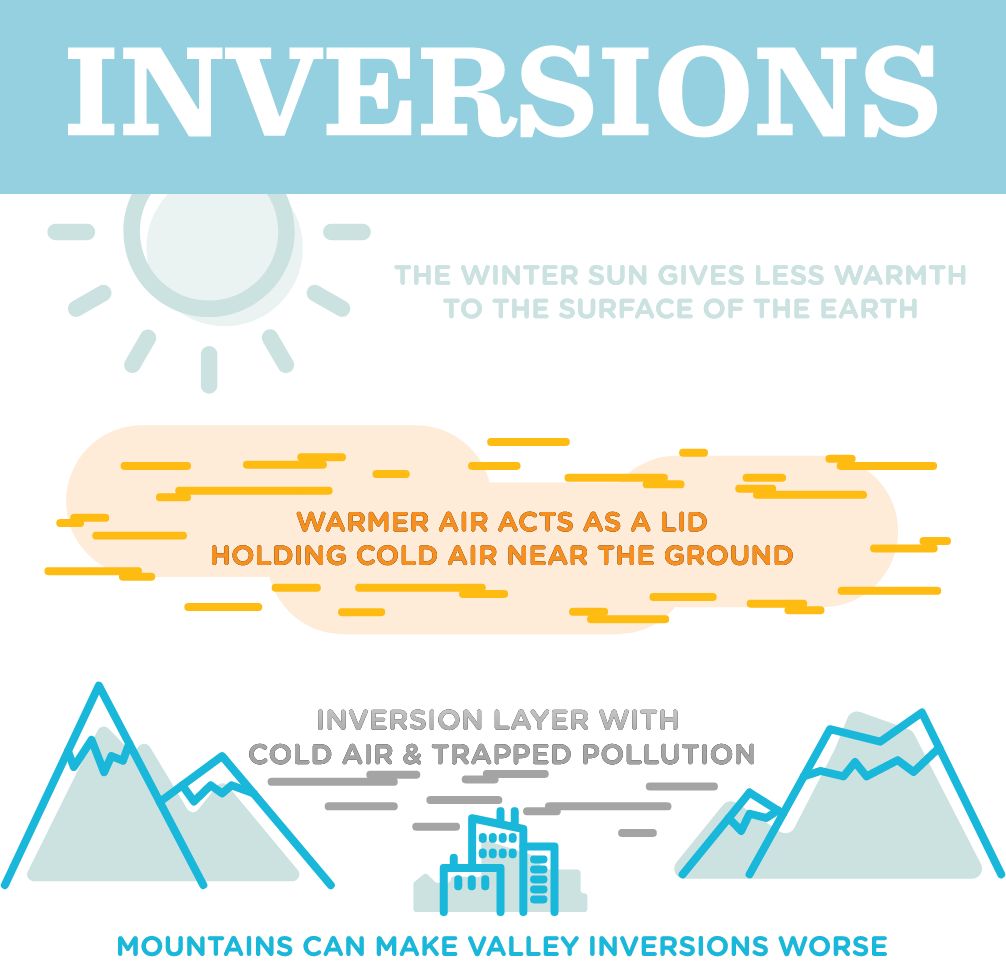
The clear, chilly, stable weather can be the perfect set up for a gray skies. This time of year through winter is notorious for inversions.
Our shapely topography also contributes to this weather because of the way cold air sits stubbornly in our mountain and river valleys.
Inversions can erode quickly some days with the energy from the sun. If there is little air movement or mixing, sometimes we have a tough time breaking through the overcast and it hangs tough for awhile.
The photos below display an early day overcast from an inversion snapped at Saratoga State Park Golf Club Executive Golf Course on Saturday, September 26th.
The first photo was taken at 10 a.m. The second photo shows the gray layer changing shape a bit around 11 a.m. The final, sunny photo was taken just before 12 p.m. as the inversion cleared.
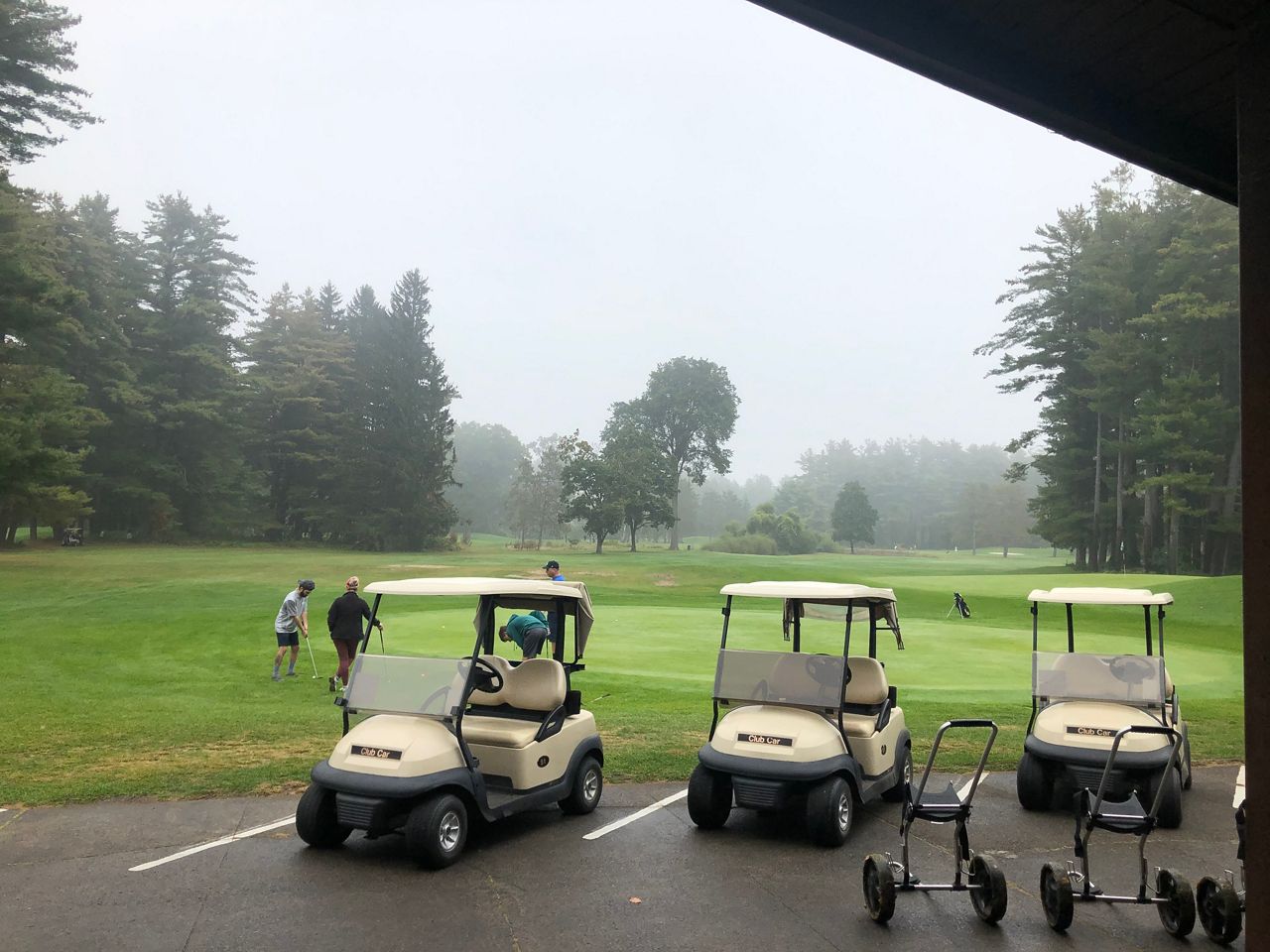

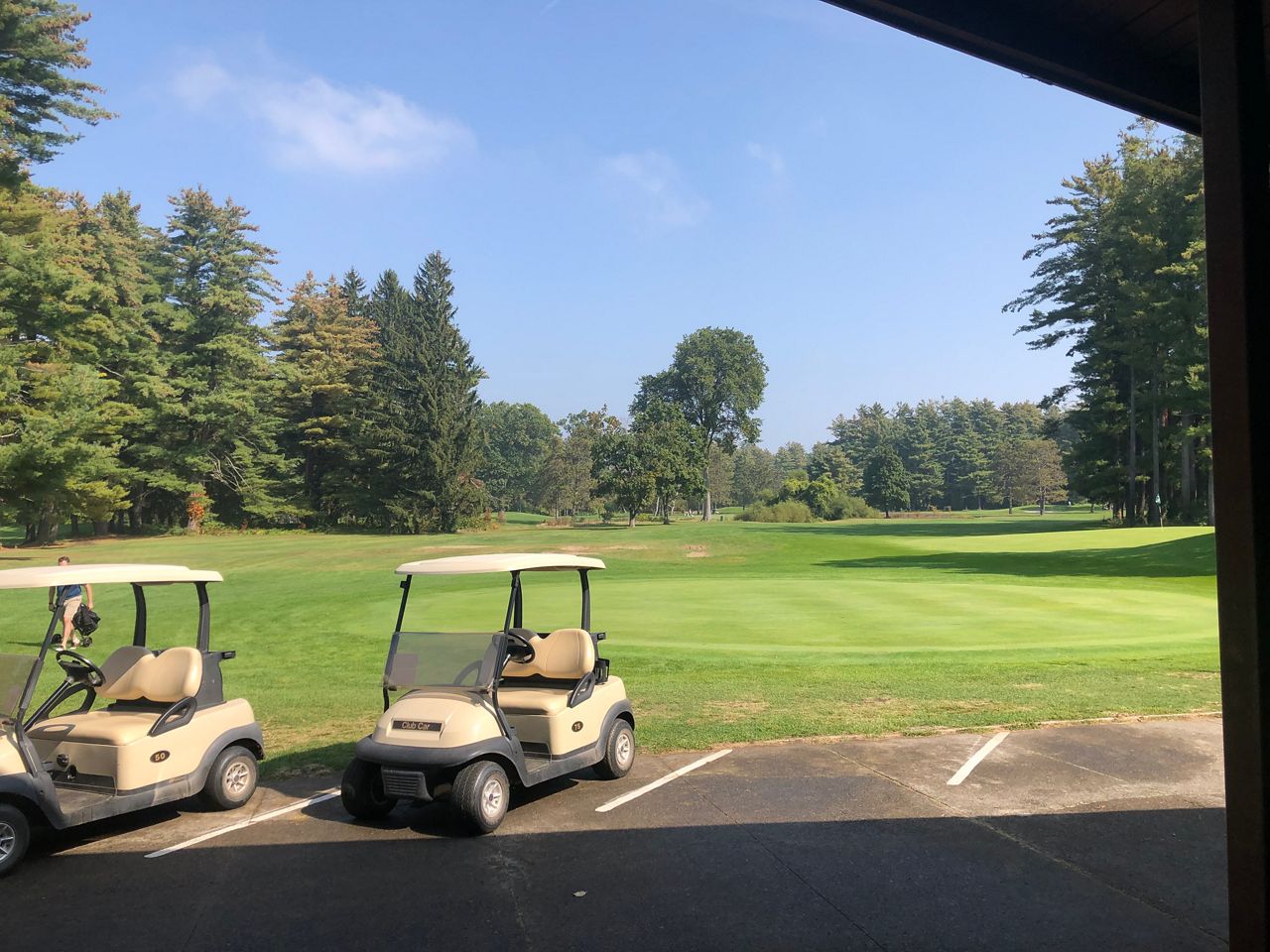
An inversion, though seemingly harmless, impacts the temperature, sound, and smell of the air. Remember how I referred to the stagnant layer of air as a blanket? This layer over us is also referred to as a cap.
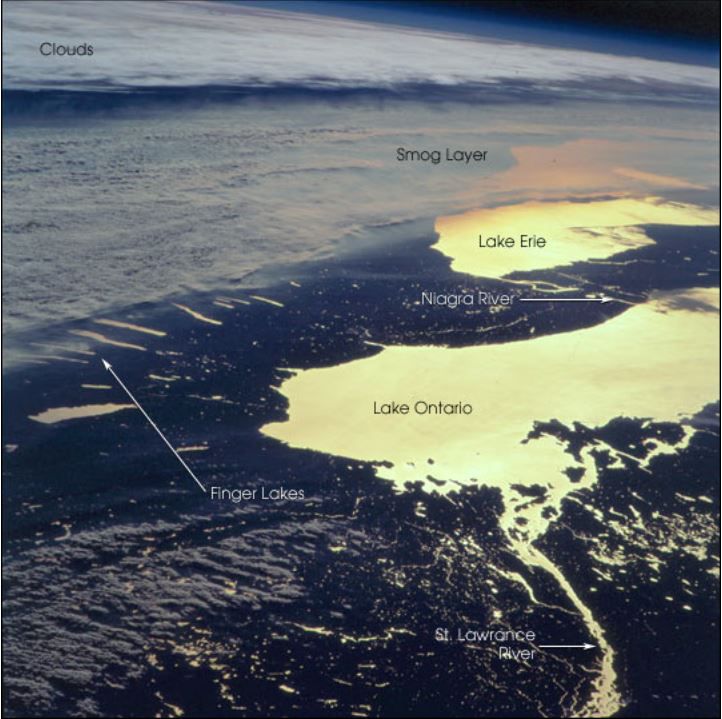
This blanket can make it feel cooler out as it hinders our warm up through the day. The layer also acts as a barrier of sorts allowing sound to bounce off of it more readily.
For instance, on clear days you may not notice the sound of traffic in the distance, but on inversion days, you may hear a louder traffic flow. And with only a light wind, the air can seem stagnant as pollutants from car exhaust, smoke, and other particulates get trapped near the ground.
Here's a sample of how things sound during an inversion: https://www.naturalnavigator.com/news/2019/01/sounds-during-a-temperature-inversion/
Dark and dreary mornings are surely commonplace in these parts but don't let them get you down. Instead of unsettled weather, it might just might be a pesky inversion again. Not to fret though, eventually we'll get back to the sunshine again!




